The comedian George Carlin had interesting views on refrigerator management: “Leftovers make you feel good twice… When you first put them away, you feel really intelligent — ‘I’m saving food!’ And then, after a month, when hair is growing out of them and you throw them away, you feel really intelligent — ‘I’m saving my life!’”
The hairy mystery foods in the back of your fridge may be humorous in and of themselves, but when you multiply food waste by billions of people, it becomes tragic.
One-third of the planet’s food goes to waste — enough to feed two billion people. A lot of food waste happens before it reaches the consumer — fruits and vegetables rot in fields or warehouses, packaged items not sold by their expiration dates end up in supermarket dumpsters, and restaurants dispose of unused food at the end of the day.
Reducing Food Waste
The United States is the largest producer of food waste. The US Department of Agriculture estimates that 30–40% of the entire US food supply goes to waste. A report by the Natural Resources Defense Council put this collective behavior into an individual context — imagine going shopping, filling five grocery bags, and leaving two of them in the supermarket parking lot before driving off.
While we don’t routinely leave bags behind at the grocery store, each US resident does waste, on average, about 400 pounds of food every single year. Four hundred pounds! That’s about the weight of a full-grown female muskox, in case you were wondering.
While most of us don’t have direct control over wasteful supply chains, we can do our part with the food that makes it into our homes. In addition to eating what we buy before it starts to go bad, we can also give otherwise unused food scraps a second life, and benefit people and the planet, by not adding them to our landfills.
So what are the benefits of saving or recycling food scraps, what kinds of food scraps can you reuse, and what are some ways to use them that can help create a zero-waste kitchen?
Why Save Food Scraps?
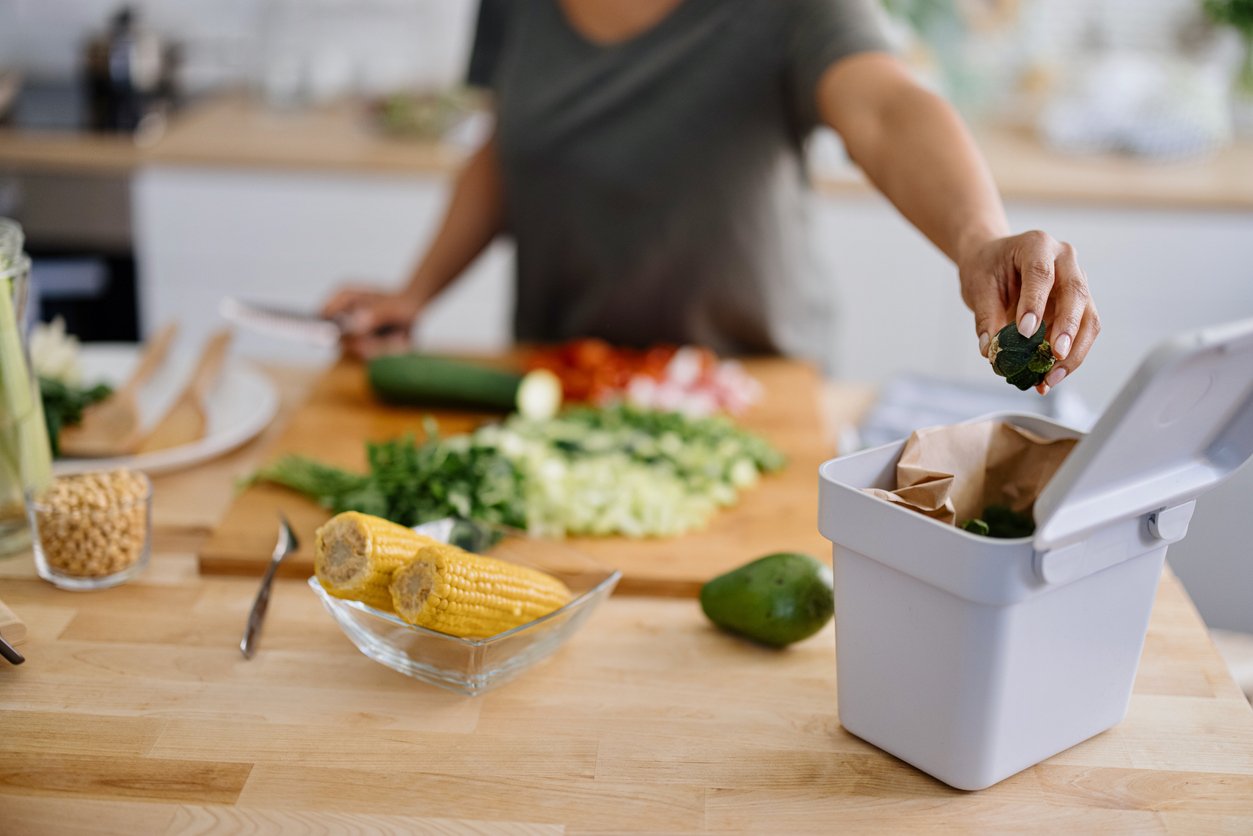
Some food scraps can be used to make new foods. With others, you can grow new plants or feed companion animals. Some can even be turned into homemade DIY beauty and household cleaning products. And almost all of them can be used to make compost that can enrich your soil and your garden.
If you’ve never saved or repurposed food scraps before, you might be wondering what difference you can make by starting. It turns out that there are plenty of benefits to doing so (and not contributing to food waste), a few of which I’ll discuss below.
Supports Environmental Health

Repurposing your food waste keeps it out of landfills, and that’s a good thing. Food accounts for nearly a quarter of solid waste in US landfills, which are themselves the third-largest source of human-related methane emissions in the country. Food in landfills is deprived of oxygen (and insects), both of which are needed to accelerate the decomposition of that food into carbon, nitrogen, nutrients, and water that can return to the earth. As a result, food trapped in landfills putrifies, but doesn’t properly decompose.
Aside from air pollution caused by methane and the stench of a giant pile of rotting food, food waste can also contribute to soil and water pollution in the form of landfill leachate. This is what happens when rainwater enters a landfill, mixes with rotting food waste, and seeps down into the ground (and groundwater) below.
Food waste can also lead to resource overuse, which is a fancy way of saying that along with the food itself, we’re also wasting all the water that went into producing that food. And since water shortages are plaguing more and more communities (just ask anyone from California or Brazil or Madagascar or Arizona or Mexico or Oregon or the Middle East), this wasted water is contributing to water scarcity.
Compostable Food Improves Your Soil
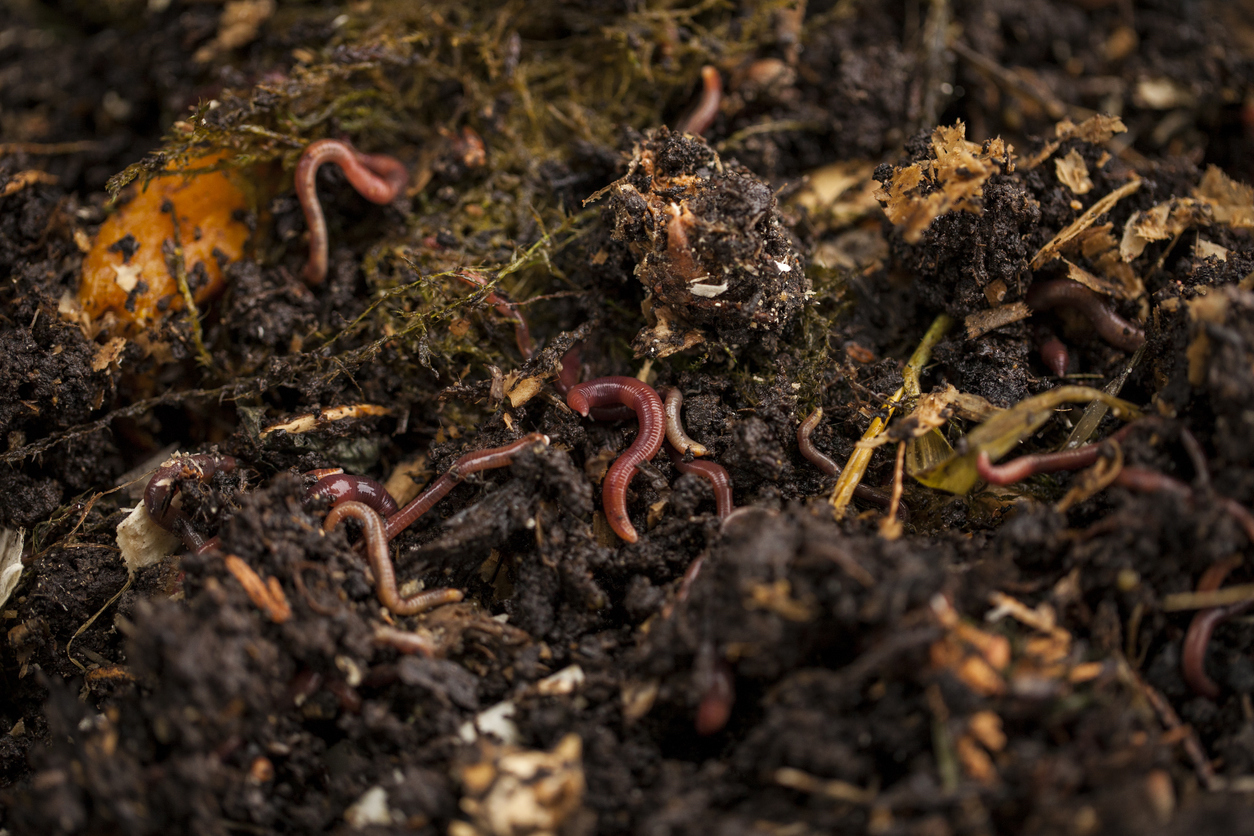
Food scraps can also help improve the health and quality of your garden soil if you use them to make compost. If you grow your own food, you can create fertile soil for growing fruits and veggies by composting leftover scraps. Organic matter attracts more life to your soil by providing yummy meals for decomposers like earthworms. Earthworms — red wigglers, in particular, if you practice vermicomposting — can repair damaged soil, improve its structure, recycle nutrients, and help create an overall better growing environment.
Using food compost can also improve water retention and buffer the pH of your soil, promoting healthier plants. Compost is nature’s ultimate closed-loop system, utilizing food waste from one cycle to make a whole new generation of food to feed others.
Recycled Food Scraps Save You Money
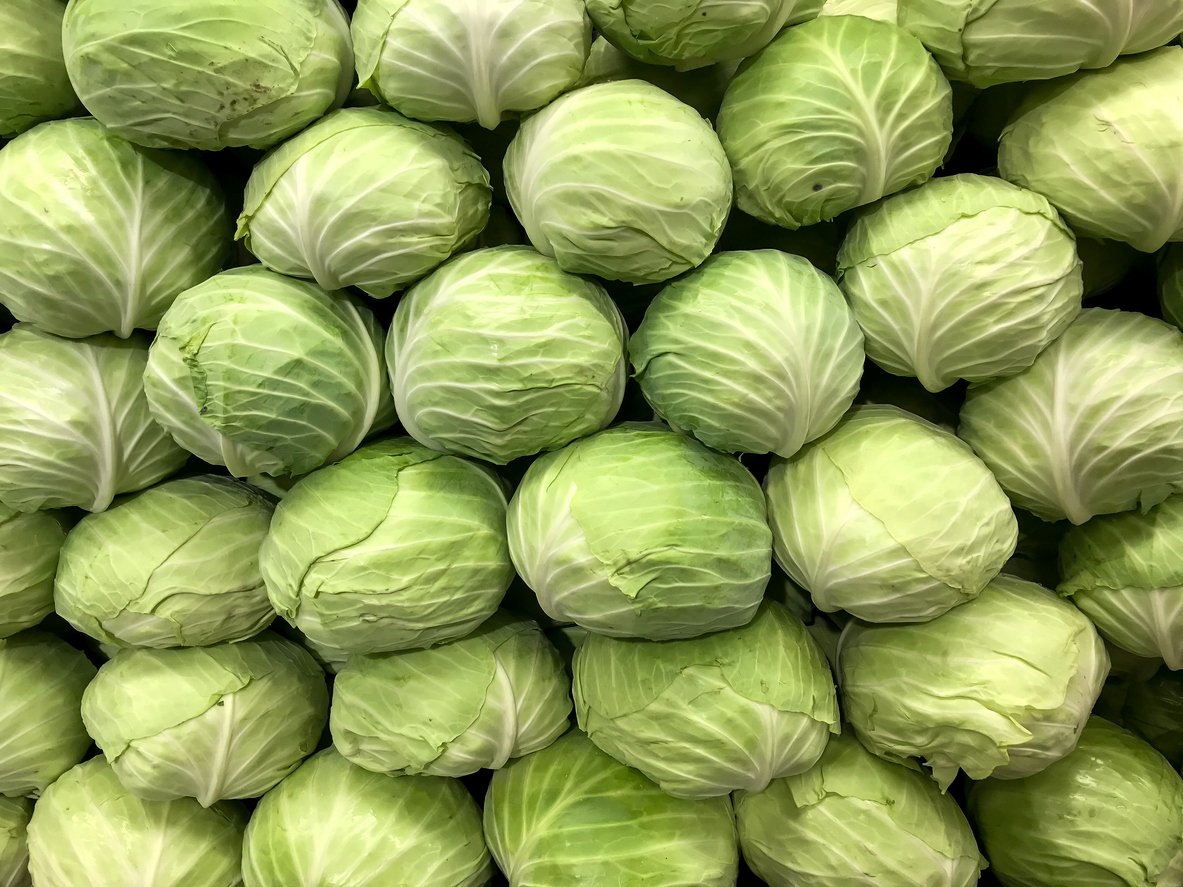
Saving food scraps can even help you save money? Yes! On average, households could save about $370 per person annually by reducing food waste. For a five-person household, this comes out to $1,850 saved in a year. That’s a lot of cabbage!
Not only does reducing your food waste save you money on food in the long run, but depending on what you do with them, repurposing your food scraps can also help you save money on soil and fertilizer (if you turn them into compost), new plants (if you use them to grow more vegetables), animal feed (if you feed them to companion animals), or beauty and cleaning products (if you use them to make these).
Examples of Food Scraps That Can Have a Second Life
With all the food scraps we tend to toss away, where do you start to turn things around in your own kitchen? Here are some parts of foods you might commonly chop and discard that are great to save as recycled food.
- Fruit and vegetable seeds
- Ends of vegetables (e.g., green beans, onions, celery, zucchini, and lettuce)
- Fruit cores
- Green tops of root vegetables (e.g., carrots, radishes, beets)
- Herb stems (e.g., basil, parsley, mint, cilantro)
- Fruit and vegetable peels, rinds, and skins
- Almond or other nut or legume pulp (from making nut milk, soy milk, etc.)
- Fruit or vegetable pulp from juicing
- Coffee grounds, tea leaves, and unbleached tea bags
- Stems from mushrooms and stalky veggies like broccoli and cauliflower (the parts you don’t eat, that is!)
- Pretty much anything on a picky eater’s plate
What to Do with Food Scraps
Curious what your most frequently discarded food waste can still be used for? Here are some ways you can turn would-be trash into (repurposed) treasure for a zero-waste kitchen.
Make Your Own Compost
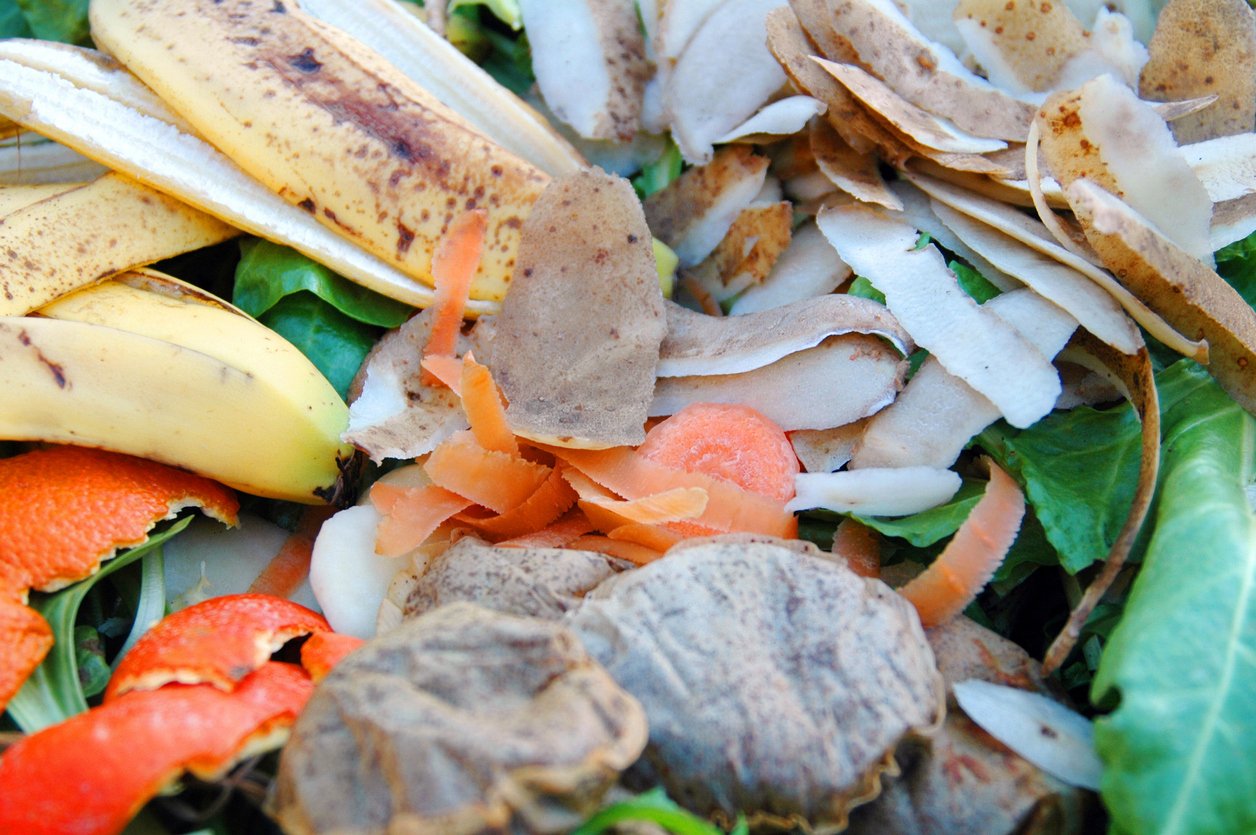
As you’re prepping food or cooking, have a designated bag or food scrap container to save scraps as you go. Rather than throwing scraps into the trash or garbage disposal, toss them in your kitchen scrap container instead. Once your bin is filled, bring it to your compost area. (Pro tip: In warmer climates or during summer months, you may want to make the trip daily, unless you want to DIY a solution for fruit flies.)
Your compost setup might also include vermiculture, or using worms to decompose organic food waste into the nutrient-rich matter you can then use in your soil and garden. Kitchen scraps like vegetable trimmings, green leaves, tea bags, coffee grounds, and seaweed can make up the “greens” of your pile.
Or you can pile everything up in an enclosed space in your yard and let nature take its course without the intentional acceleration provided by red wigglers (chances are that earthworms of one variety or another will turn up to help). Commercially available food waste composters come in a few different styles. One popular design consists of a drum that can turn via a hand crank, which aerates the pile and speeds up the transformation from kitchen trash to soil.
And if you’re in a hurry and have the time and energy to tend to it, consider the Berkeley Hot Compost method, which promises to turn food scraps into rich humus in under 21 days. (That’s humus, not hummus. But if you suddenly find yourself craving hummus, here’s our favorite red pepper version.)
And if you like the latest technological gadgets, you might want to consider a food recycler, which turns compost into soil that’s ready to go into the garden in just a few hours. Seriously. Here’s a popular food recycler from Vitamix.
Check out this post for more information on how to compost at home.
Contribute to a Commercial Composting Program
If you don’t have use for compost at home (no garden or garden space), save food scraps and include them with your regular municipal green waste pickup, if offered. This includes things like garden waste, leaves, or grass clippings. Some forward-looking states and cities have enacted composting programs. For example, Vermont is one of a growing number of states that have “no landfill” laws for organic waste. With a full ban on such waste in landfills, residents can use curbside pickup, bring scraps to local collection points, or compost at home.
And the Los Angeles County composting law went into effect on January 1, 2022, and requires consumers to recycle their food scraps and other leftovers instead of throwing them away. And just to be clear, this doesn’t include throwing your food scraps onto the Staples Center floor to protest the Lakers’ terrible outside shooting this season. That is not OK.
To find a composting program in the US, check out CompostNow. There you’ll find programs where people will pick up food scraps from your home, as well as locations where you can drop them off. Europeans will find abundant composting resources here.
There are also apps that can help match you with people who need food scraps for their compost. One example is ShareWaste, which connects composters with people who have food scraps to share, as well as cafes that may have coffee grounds and other organic materials to give away. (Coffee grounds are a great addition to any compost pile — especially if you prefer the smell of espresso to the smell of a typical compost pile.)
Make Vegetable Stock with Food Scraps
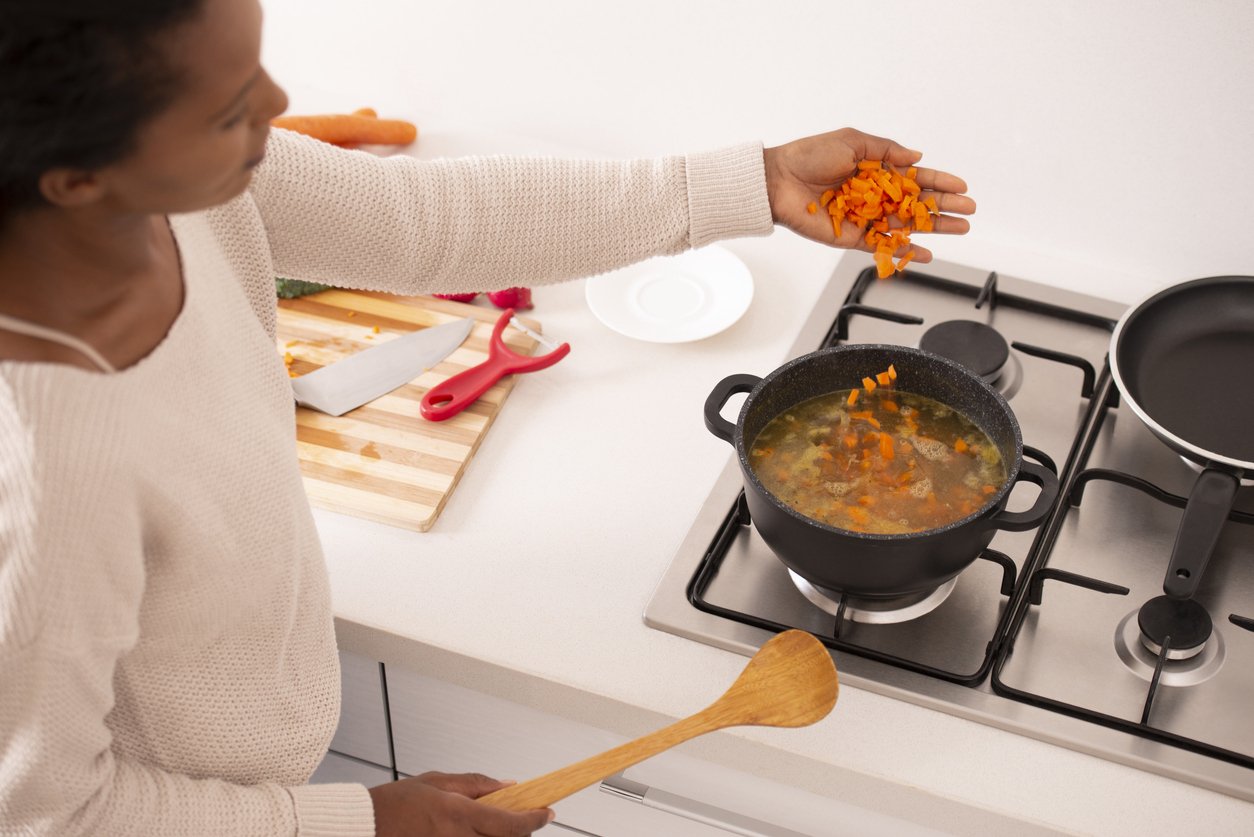
If vegetable stock is a pantry staple in your home, consider making your own using food scraps — it can be far more flavorful than commercial stocks or those made from salt and palm oil-filled bouillon cubes and saves you from having to buy these packaged foods.
To make vegetable stock from food scraps, save your vegetable scraps in a resealable, freezer-safe bag or container, where they can live for up to six months if you keep them in the freezer. Stock scraps can include peels, stems, and ends from things like carrots, onions, mushrooms, herbs, zucchini and yellow squash, potatoes, and more. The only categories you’ll want to avoid are Brassica vegetables, like broccoli and Brussels sprouts, as well as artichoke stalks, and most varieties of lettuce (these will make the stock bitter).
When your freezer bag or container is full, transfer the contents to a large pot on the stove. Fill the pot with water until the vegetables are floating, around ¾ of the way full. Bring to a boil and then reduce heat and simmer for at least 30 minutes to allow the most flavor and nutrients to be released into the liquid. Then, strain out your solids, leaving the stock liquid. This homemade stock can be kept in the fridge for three to five days, or, once cooled, it can be stored in the freezer for up to three months. Use it for soups, sauces, slow cooker dishes, as a base for cooking grains, and in stir-fries.
If you just need a couple of tablespoons of vegetable stock at a time, say for oil-free sautéing, you can freeze some of it in ice cube trays. Once frozen, pop the cubes out of the tray and into a labeled freezer bag or container. Nobody wants to play “Guess what this is” with some unidentified frozen lumps at the bottom of your freezer.
Regrow Plants From Scraps or Seeds

Leafy greens and herbs are some of the easiest plants to regrow from scraps. When preparing fruits and veggies to eat, save the seeds from different varieties so that you can plant them in your garden or in containers. It can be fun to try a number of different kinds and see what grows best.
Especially if you have kids who are growing up thinking that food comes from the supermarket, it can be fun and exciting to see a carrot growing out of a carrot top, or a puny garlic clove transform into a plant that can go into the ground and regenerate.
Many people have had success using market-bought produce and kitchen scraps to grow new plants, like apricots, bok choy, garlic, red onion, pineapple, basil, melon, carrot tops, squash, mint, green onion, ginger, celery, potatoes, and more. For more specific guidance on regrowing plants from food scraps, see this post.
Feed Scraps to Companion Animals
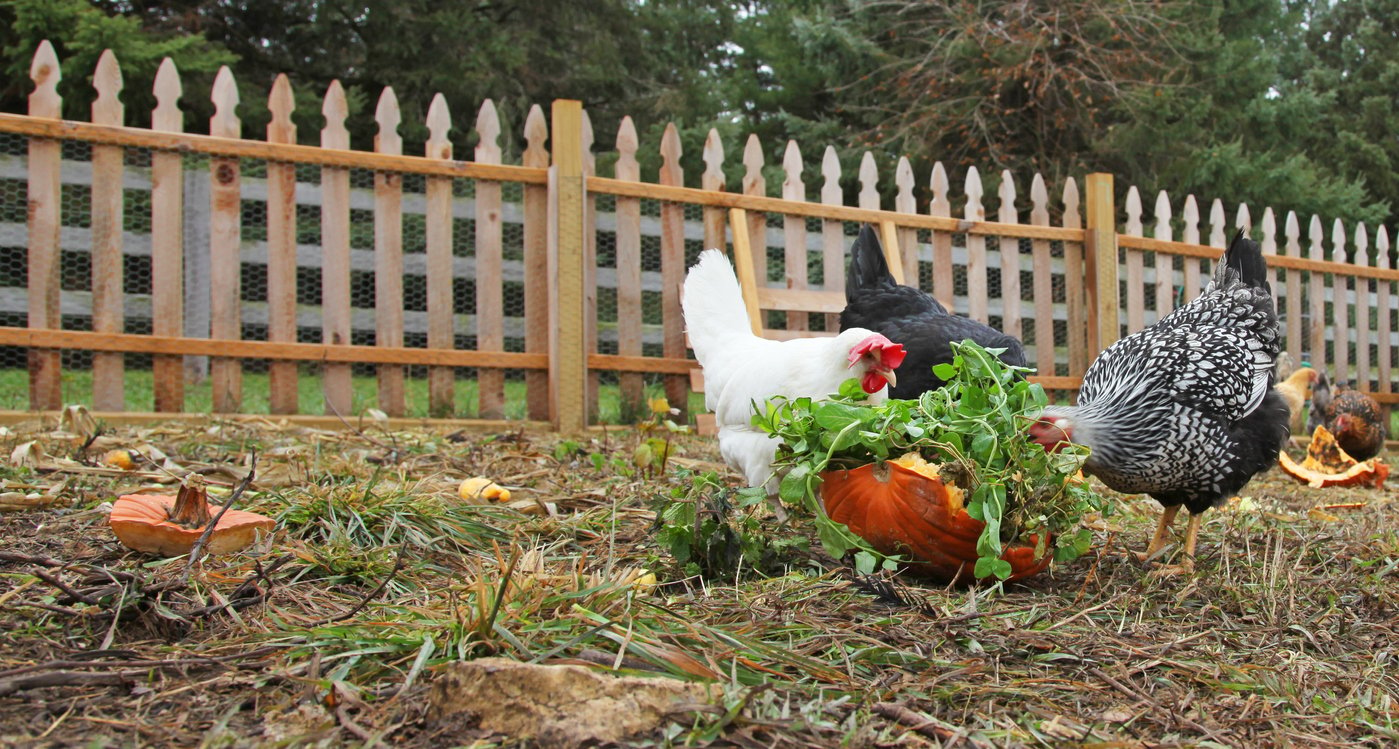
Food scraps make great, healthy supplemental food for certain kinds of animals you may have at home. Just make sure to check which foods might be toxic to certain species before offering them free range to all of your scraps.
Rabbits love to munch on leafy greens and herb scraps, beet and carrot tops, and cruciferous vegetables like broccoli. Cats can safely enjoy a variety of herbs and herb scraps like mint and basil. As long as you don’t have bears and other large visiting wildlife where you live, backyard birds can flock to feeders filled with pantry grains, nuts, seeds, and fruit scraps. Backyard chickens, some of the most famously non-picky eaters in the animal kingdom, enjoy vegetable peels, bananas, apples, berries, carrots, bok choy, silverbeet, spinach, cabbage, and broccoli. And some scraps will also be enjoyed by dogs (though there are also some dangers to be aware of — as described here).
Get Creative With Food Scrap Arts & Crafts
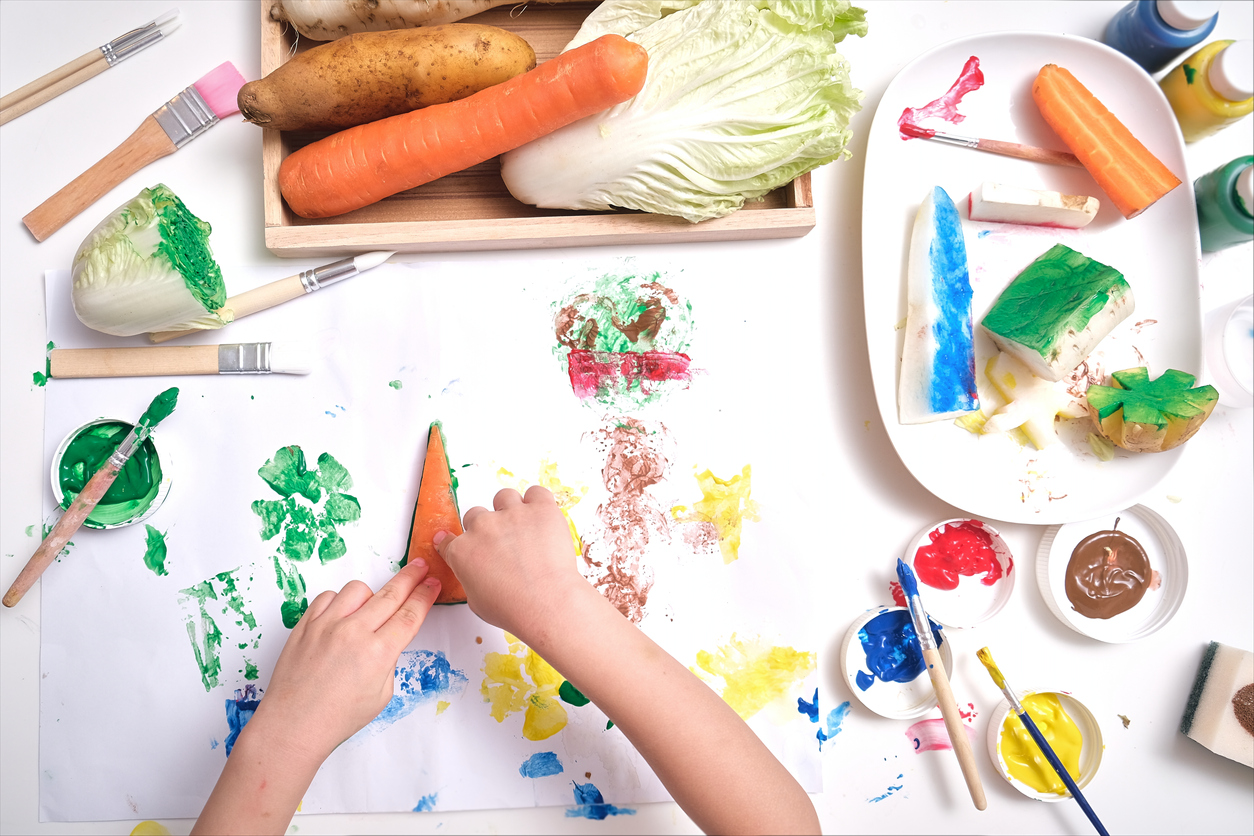
The beauty of colorful fruits, vegetables, and grains isn’t limited to the kitchen. You can also put these kinds of scraps to creative use in a number of food scrap art and craft projects. Some ideas include decorative and aromatic citrus peel garlands and candles, potato stamps, veggie-based watercolors, and hot-glued pistachio shell artificial succulents.
Good advice — if you carve Michelangelo’s David out of an old turnip, make sure you list it on eBay before it gets wrinkled and starts smelling like old socks.
DIY Beauty & Cleaning Products
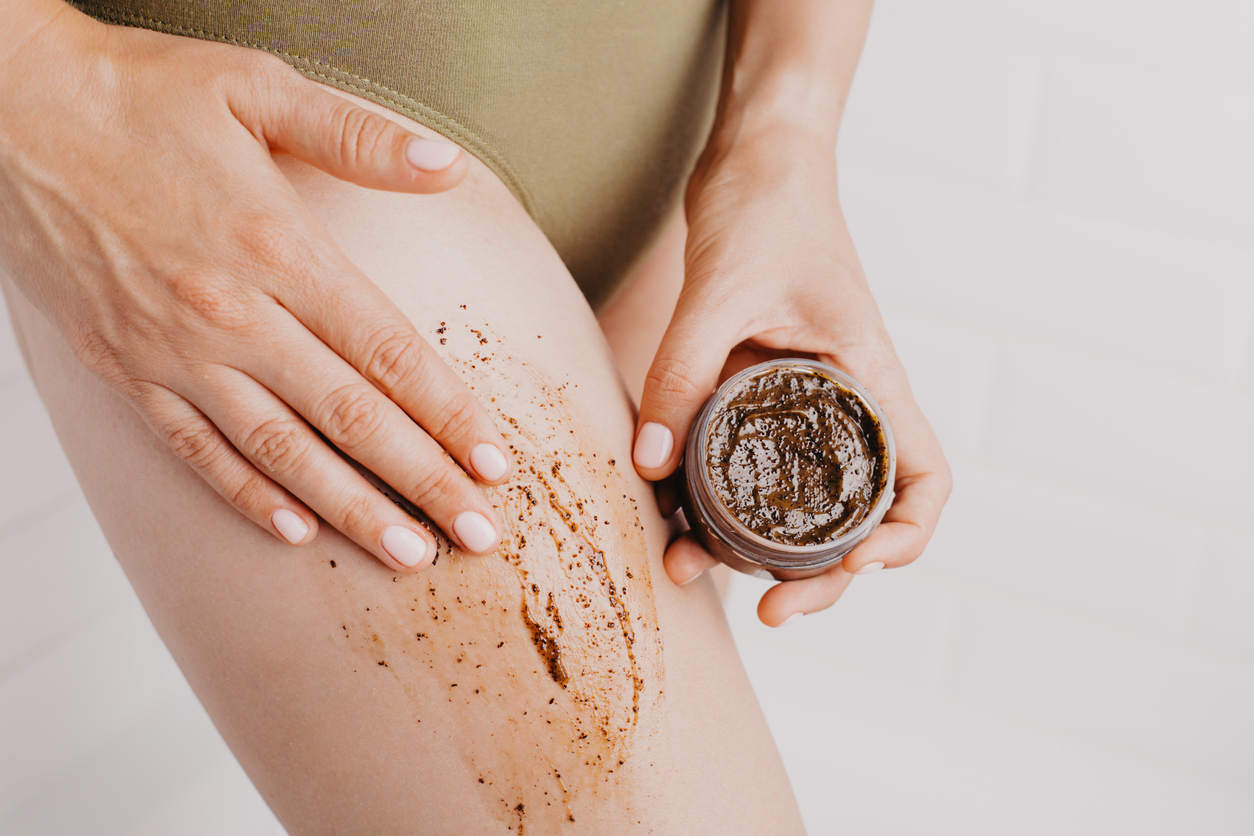
You can even use food scraps to make eco-friendly and non-toxic products for your home and personal care routine. After you eat the inner flesh, the insides of avocado shells can be rubbed on elbows as a natural moisturizer. The pit can be dipped in olive oil and used as a softening foot massager. You can mix coffee grounds with coconut oil and sugar for an exfoliating scrub. You can even throw unused oats into your bath water for an extra creamy and softening soak.
As for cleaning products, you can use fruit peels, pulp, and juice to make “garbage enzymes” that can kill problematic bacteria and fungi around your home. You can use them to mop your floors, wash your dishes, and clean your sink. One way to do this is by collecting fruit peel scraps in a bag with some sugar and water, allowing them to sit for around three months, and then using the residual enzymes — which are found in the vinegar-smelling brown liquid. It might not smell or look appetizing, but it sure does the trick when it comes to cleaning the house.
Citrus peels and vinegar can make a quick DIY cleaning spray, leaving parts of your home clean and smelling good. One simple recipe is this gentle lemon cleanser, which combines lemon rinds, white vinegar, water, and liquid castile soap. It takes two to seven days to make, but once it has ample time to sit, you’ve got yourself a non-toxic, gentle, all-purpose cleanser. If you don’t feel like making your own cleaning products, a company called Veles sells a cleaning product made up of 97% food waste.
Reuse Food Scraps in Recipes
Of course, you can keep your food scraps in the kitchen by repurposing them for a variety of recipes. Herb scraps, carrot or radish tops, and other leafy greens can make pesto. Use apple scraps to make homemade apple cider vinegar, which can then be included in dressings and other recipes.
If you have nut pulp leftover from making nut milk, use it in baked goods like crackers, muffins, or even dog treats, to add nutrients and texture. Save stems of veggies like broccoli, cauliflower, and kale and create a sheet pan meal by seasoning and roasting them as a side dish or to top a grain salad. You can also make jams, dressings, or purees out of fruit that’s nearing the end of its useful life in your fridge. And you can pickle or lacto-ferment vegetable scraps or slices that would otherwise go unused — for example, celery stalks, cucumber slices, or the stems of rainbow chard.
Recipes Using Food Scraps
Minimizing waste while preparing delicious, plant-based dishes can be its own fun adventure. Now for some recipes!
Homemade Vegetable Bouillon skips the scraps stage entirely by blending the whole plant, which means you get exponentially more nutrition (think fiber) and flavor!
You can rename Creamy Squash Soup each time you make it by adding just about any leftover vegetables you have on hand to the sauté process and blending them into the creamy base.
Instead of ditching those pesky fibrous kale stems, use them in the Kale Walnut Basil Pesto. With this pesto’s perfect texture and flavor, you won’t even know they’re there, but your body will recognize the abundance of nutrition.
If you’re ever unsure if you’ll be able to finish fruit in the fridge before its expiration date, freeze it. Then, when you happen upon that fruit one day and wonder what you’ll do with it, make delicious and nutritious jam — either our Strawberry Pear blend or whatever fruit you have on hand.
Finally, a tasty and crunchy way to elevate just about any meal is by adding pickled veggies. Pickling, especially our Vietnamese-Inspired version, is simple, yummy, and a great way to expand veggies’ shelf life!
1. Homemade Vegetable Bouillon
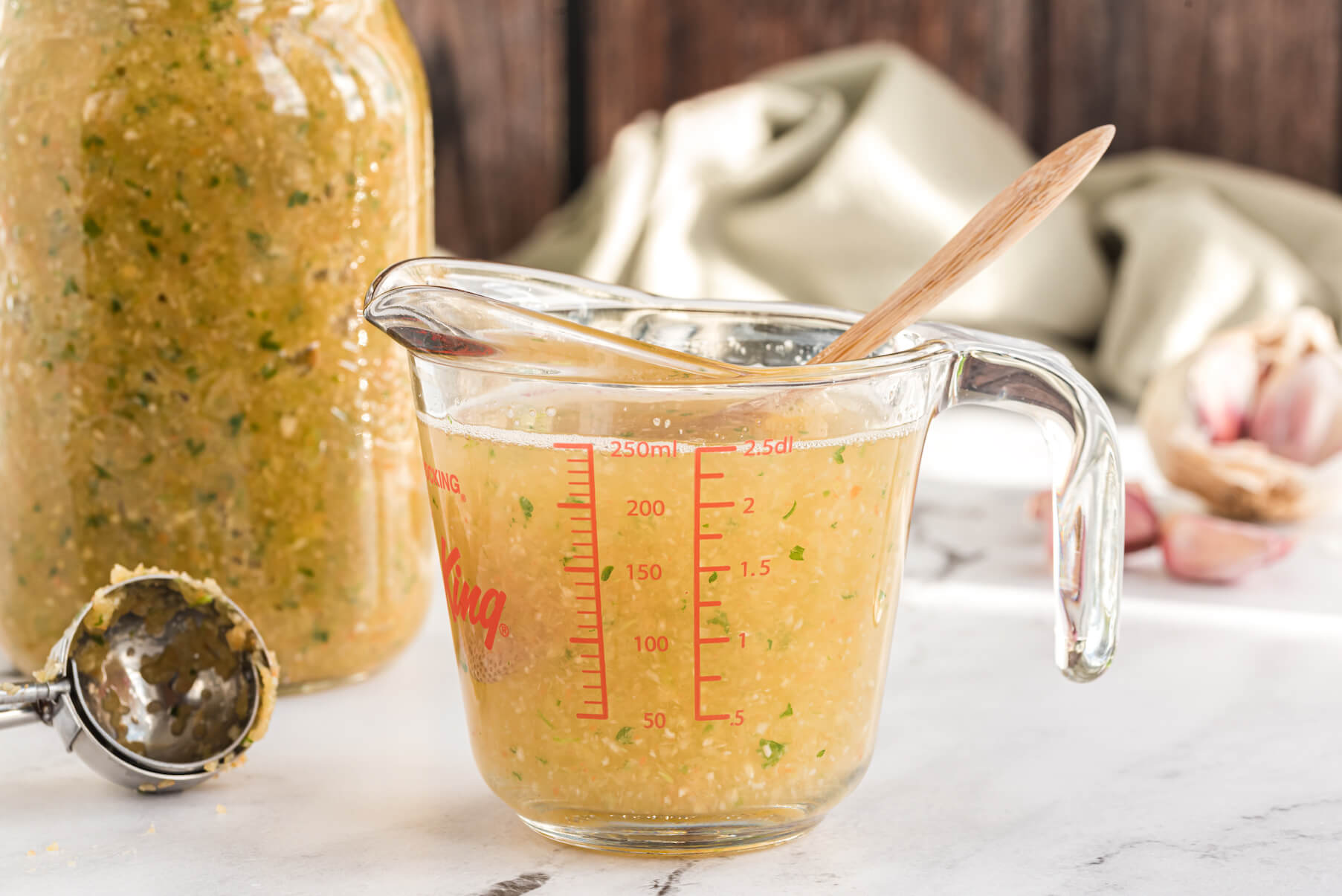
If you enjoy maximizing nutrition while minimizing food waste then you’ve come to the right recipe. Vegetable broth might be something you keep on hand to use in soups, whole grain dishes, and casseroles. Why not use vegetable parts (stems, roots, or leaves) that you’re not using in traditional recipes, or vegetables nearing expiration, and make a bouillon? Rather than boiling and then simmering vegetable scraps (which is another way to make homemade broth), you’ll use the entire plant by adding it to your food processor to make a bouillon. This means that, in addition to the phytonutrients, you’ll also get plenty of fiber — a huge bonus! Not only are you minimizing food waste, but you’ll also save on packaging costs and trips to the grocery store.
2. Creamy Squash Soup
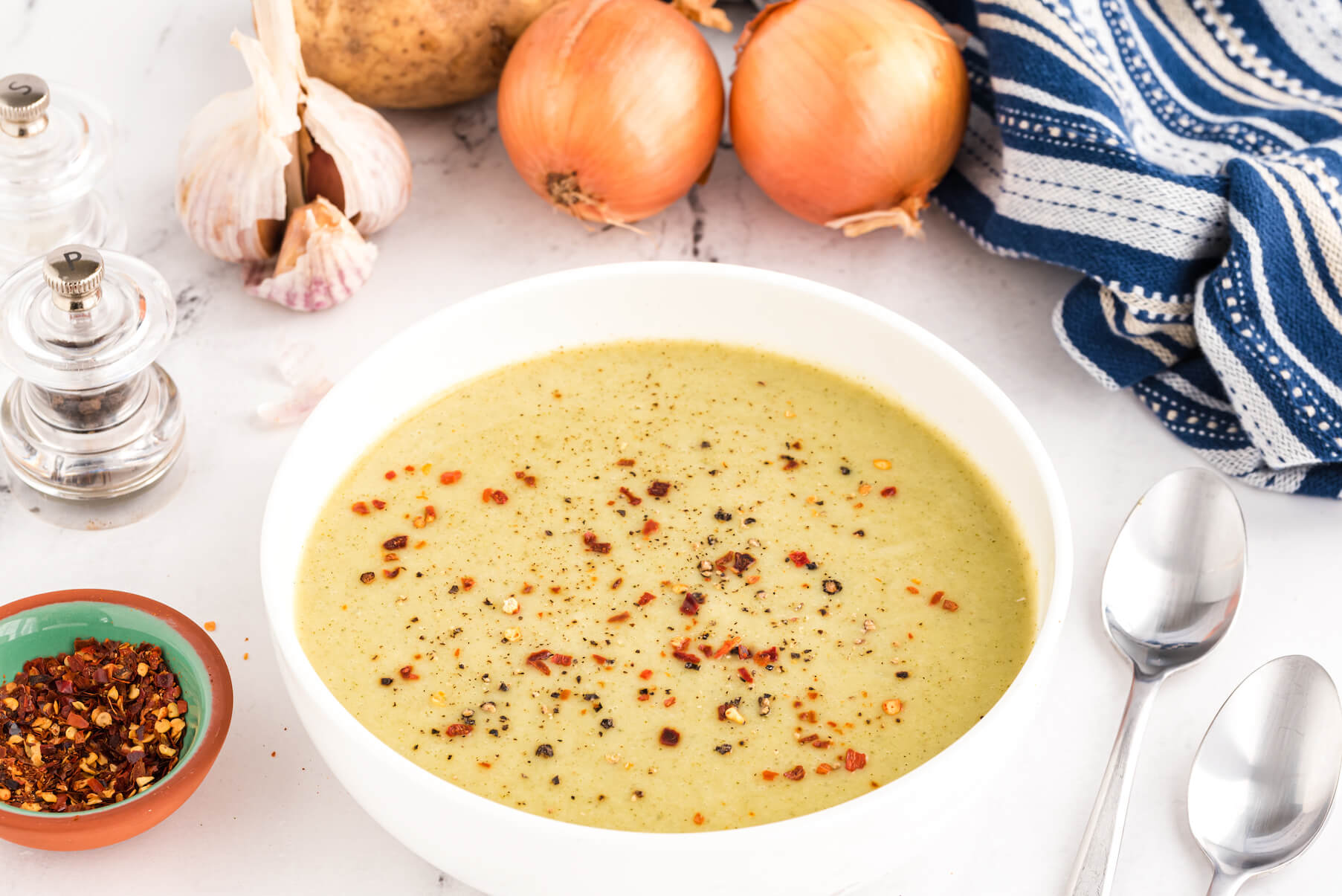
Have you ever made a recipe and had just one small extra piece of an ingredient or a few items leftover? Oftentimes, it’s a few potatoes left over from a five-pound bag, a leftover piece of squash from a recipe calling for one cup cubed, or the relentless half an onion which always seems perched up in the fridge. While this recipe is called Creamy Squash Soup, you can add a variety of vegetables that you need to use to the sauté portion of this recipe, just before blending.
3. Kale Walnut Basil Pesto
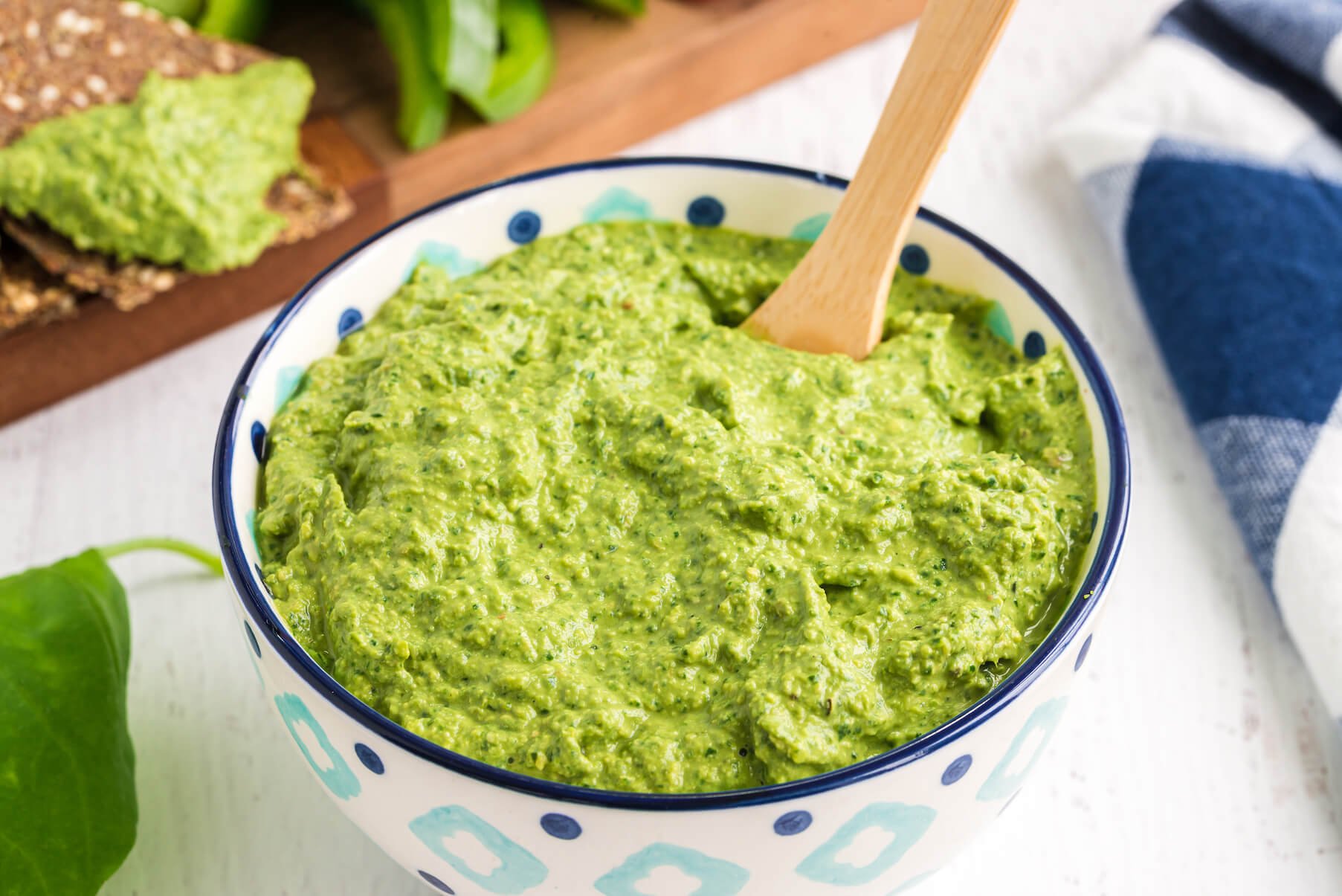
Often, the fibrous stems, or ribs, of leafy greens are ditched because of their ultra-chewy texture and extra bitter compounds. However, there are fun and delicious ways to disguise them in recipes so that you can enjoy all of the nutrition they offer while minimizing waste. For example, Kale Walnut Basil Pesto is so appetizing and tasty that you won’t even know that stems are included! Use this flavorful pesto on top of avocado toast, as a pasta sauce, or as a pizza spread.
4. Strawberry Pear Jam
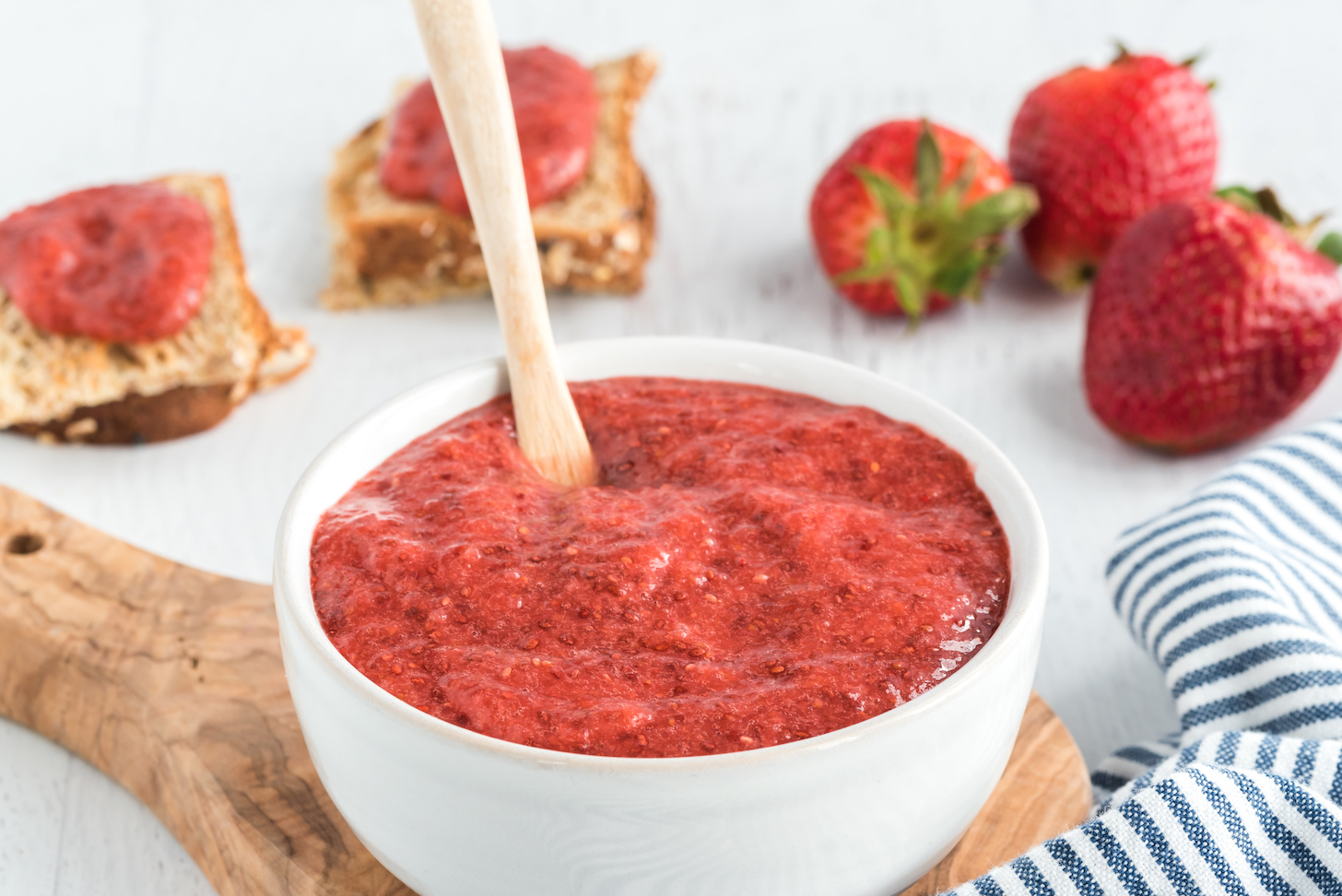
When in doubt, freeze it! This is a good motto to keep in mind whenever you have fruit that is nearing expiration and you’re unsure if you’ll enjoy it before it’s time to say goodbye. At some point, you may open your freezer door and find that fruit, wondering what the heck you’re going to do with it now. We have a solution — make nutritiously delicious homemade jam! Pears, strawberries, and chia pack a ton of fiber. Strawberries contain phytonutrients that have been shown to help with skin, brain, and heart health. And chia seeds bring lots of bone-supporting minerals like magnesium, calcium, iron, and phosphorus. Share this jam with friends and family and let them know that your homemade jam is not only delicious but also good for their health!
5. Vietnamese Inspired Pickled Veggies
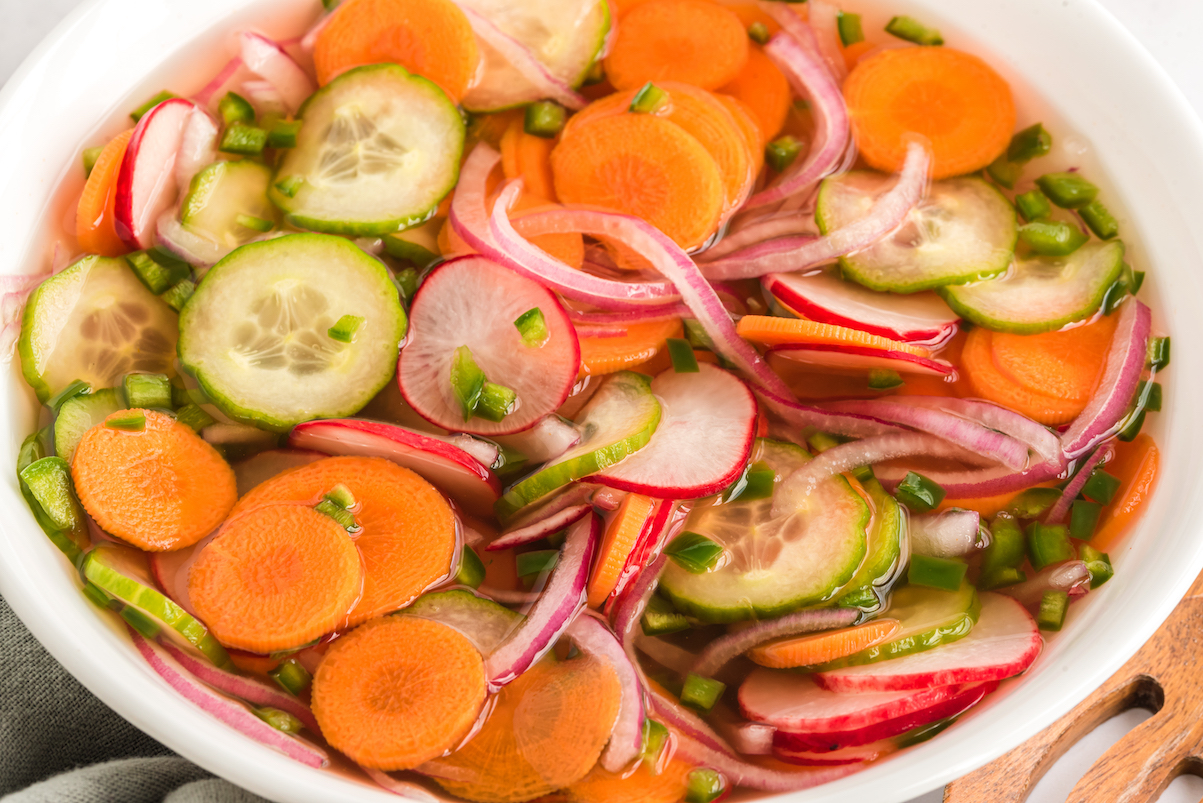
Have you ever experienced the excitement of finding a new farmers market veggie to try or growing unique vegetables in your garden that seemed interesting to you at the time, but then you’re left with, “what the heck do I do with it?” We have a healthy fix for you — make pickled veggies! Not only will you have an opportunity to use new-to-you veggies in a fun and tasty way, but you’ll also exponentially expand their shelf life with the help of the brine solution. Pickled veggies are also simple to make! Use them on top of plant-based burgers, grain bowls, and avocado toast. P.S. Kudos to you for exploring and experimenting with new plant-based foods!
Be Scrappy with Food Waste
Food waste is a worldwide problem that’s contributing to global warming — and can be affecting your pocketbook, too. There are many ways to make use of your food scraps — like composting them, making household or personal care products with them, or including them in recipes, so they don’t end up in landfills. By thinking about your food scraps in a new light, and using them in new ways, you can contribute to a better world for people and the planet, both inside and outside of your home.
Tell us in the comments:
- Do you compost? If so, share your composting tips (and favorite scraps to use) below!
- How do you already reuse food scraps in your home, or what are some ways you can start?
- Have you ever used food scraps to make a household cleaning product?
Feature Image: iStock.com/chameleonseye

